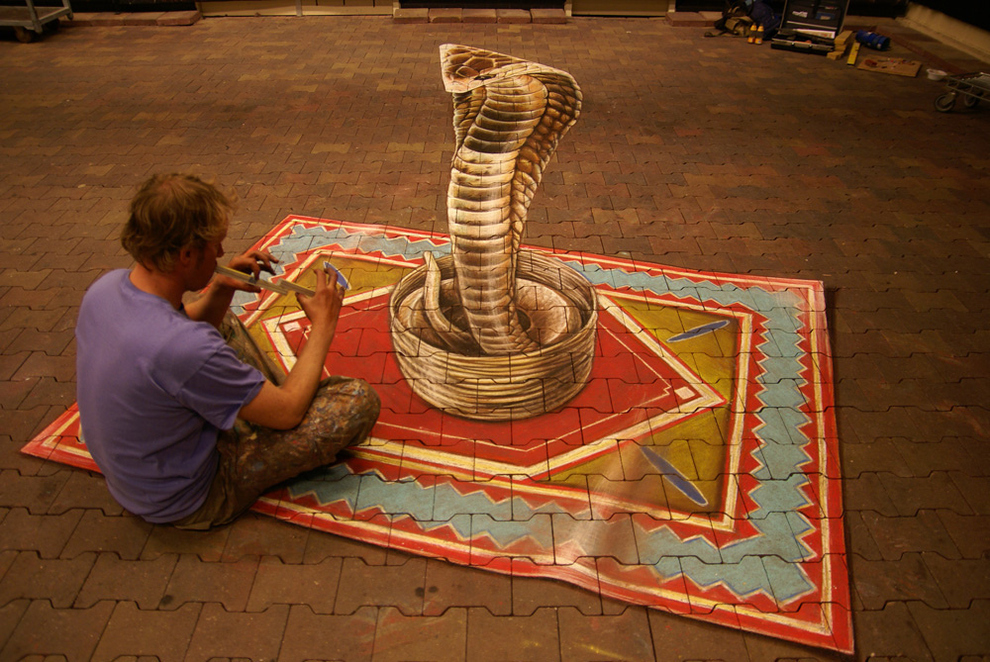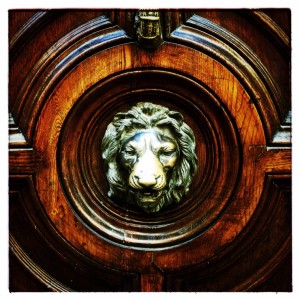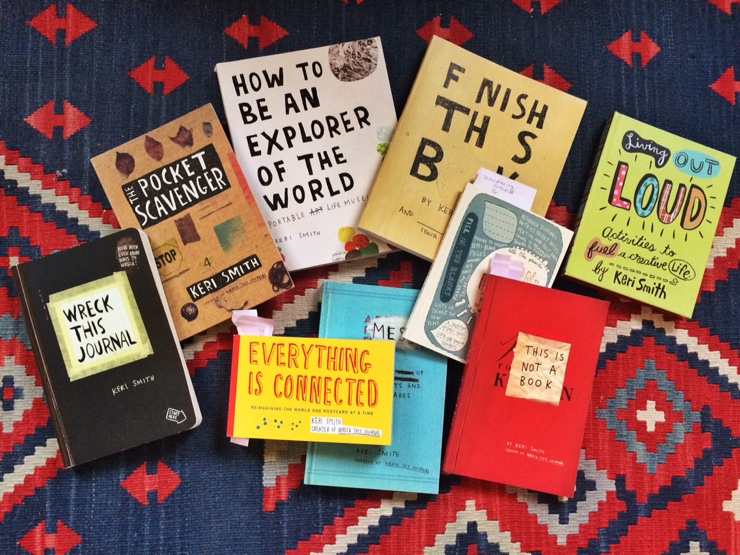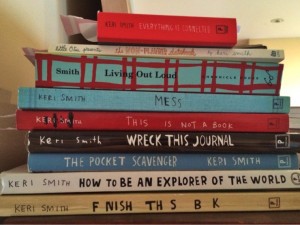3D Chalk Art Revisited

3D Chalk Art by Leon Keer (via buzzfeed.com)
A recent trip to Paris rekindled my fascination with 3D chalk art. Half performance art, half epic mural… Witnessing a completed image is amazing, but watching the process of creating something like that snake charmer scene above is spellbinding. Before diving in, here’s a micro-intro for newbies:
3d Street Art, often known as 3d chalk art is 2-dimensional artwork drawn on the street itself that gives you a 3-dimensional optical illusion from a certain perspective. (hongkiat.com)
Sidewalk Art Flashback
I first posted about 3D chalk art that will blow your mind a few years ago. I saw it as a form of street art, or street performance art since observing the creation of 3D sidewalk art can be so enthralling. I even acknowledged the crossover with another form of public art that is often decried.
3D sidewalk art makes the best graffiti ever! ~ virtualDavis
I even wondered if a great gaping 3D chalk art chasm or some similar dramatic scene sprawling across the road in front of our house might slow speeding cars and trucks. Maybe an arresting scene of a police barricade with armored swat team? Or Champ, the friendly Lake Champlain monster, rearing up and pretending to be super unfriendly. Am I pushing too far? Yes. But I’m not being flip. I’m trying to remember that there’s an exciting alternative on the flip side of most coins.
In a subsequent post I revisited the graffiti question but inevitably slipped into a reflection the 3D chalk art as a form of storytelling. Not that I’m obsessed with storytelling or anything… ;-)
[3D chalk art] transcends mere graffiti and many other art forms in its capacity for interactive storytelling. 3D art on sidewalks introduces a narrative possibility that engages viewers. Pedestrians and drivers stop and look. Perhaps they reorient themselves to better appreciate the optical illusion. They pause and let their eyes wander over the mural, actively suspending disbelief in order to engage with the image. In many cases the audience/viewer even choose to step into the image, playing along with the illusion, often posing for friends with cameras to memorialize the encounter. ~ virtualDavis
Maybe you’ve had the is experience. If not, make time for it the next time you come across 3D chalk art. It could very well change your day. (Your mileage may vary.)
3D Chalk Art Goes Mainstream
While I’m not yet able to report that street chalk artists and law enforcement have partnered up, it’s fair to say that 3d chalk art has entered the mainstream. I mean, any time advertising adopts a new art form, you know that it must be on its way into the mainstream. If you feed the Google monster a search string related to three dimensional chalk art, you’ll discover millions of hits, and a surprisingly high number of them are directly or indirectly related to advertising.
For example, the team at We Talk Chalk can transform your marketing campaign into crowd-stopping marketing.
Creative Visual Solutions for your event or marketing needs through the innovative use of 3D Street Painting and 3D Chalk Art. (wetalkchalk.com)
Many of the most successful street chalk artists like Manfred Stader now have slick promotional websites touting their work. And scan any of the top articles (i.e. 33 Brain-Melting Works Of 3-D Sidewalk Chalk Art), videos, etc. celebrating three dimensional sidewalk and street artwork many of the biggest dazzlers are actually promoting a product or brand. Johnnie Walker scotch and Coca Cola were among the early adopters.
But despite the migration of 3D chalk art from the margin to the mainstream, I remain intrigued. No, more than intrigued. A little obsessed. One benefit of the widespread popularity is more artists creating more inspiring projects, and celebration/recognition of top street artists. Result? 3D chalk art is improving in leaps and bounds.
Creating 3D Chalk Art
The increasingly massive, intricate, sometimes beautiful (though often grotesque) murals are often magnificent once completed. No doubt about it. But for me, the most appealing aspect is observing the process of creating the 3D chalk art murals. In public. Often under considerably less than ideal conditions. With the threat of rain, snow, wind, pedestrians, and even police or other authorities who consider the art form graffiti, etc. From soiled ground to transcendent illusion. With chalk, a straight edge or two and an unshackled imagination.
Rather than than blathering on, I’ll finish with two examples. Enjoy!
Illustrator Eric Maruscak creates a chalk mural at the 2013 Utica Music and Arts Festival, September 14th, 2013. The mural was 10 feet square and took approximately 8 hours to complete over the course of the Festival. The art is known as an anamorphic drawing, where a distorted perspective is used to create the illusion of a 3D image when viewed from the proper angle. For more illustrations, cartooning, chalk art and time lapse photography visit Eric’s site at www.pepperink.com. (YouTube)
Chalk Urban Art Festival, Sydney 2014 – Australia’s largest 3D Street Art ‘Wasting Time’ designed by Artists Jenny McCracken and Leon Keer. Support artists Rudy Kistler, Bernardo von Hessberg, Mealie Batchelor, Dom Intelisano, Brian Tisdall, Mike Walton. Creative Producer Andi Mether. (YouTube)
Related articles
- 3D Art on Sidewalks (virtualdavis.com)
- 3D Sidewalk Art That Will Blow Your Mind (virtualdavis.com)
- Is Doodle Art an Oxymoron? (essexonlakechamplain.com)
- Street Art in the 1970s (blogs.law.harvard.edu)
- ‘Largest’ graffiti project under way (bbc.co.uk)






